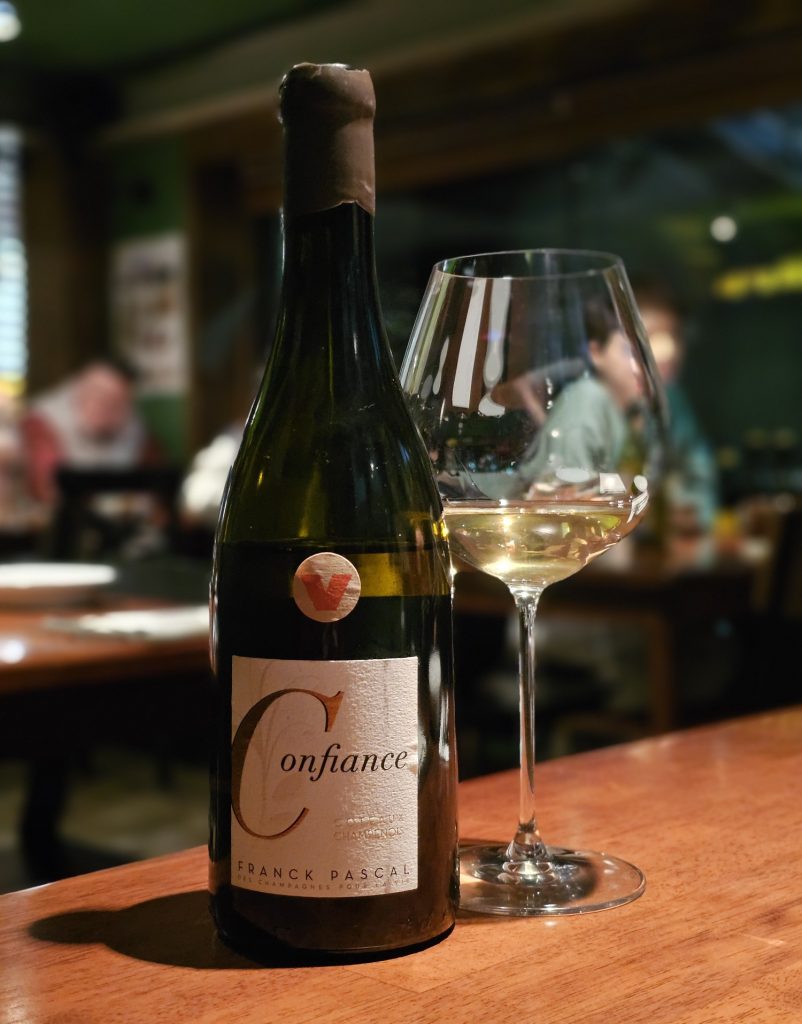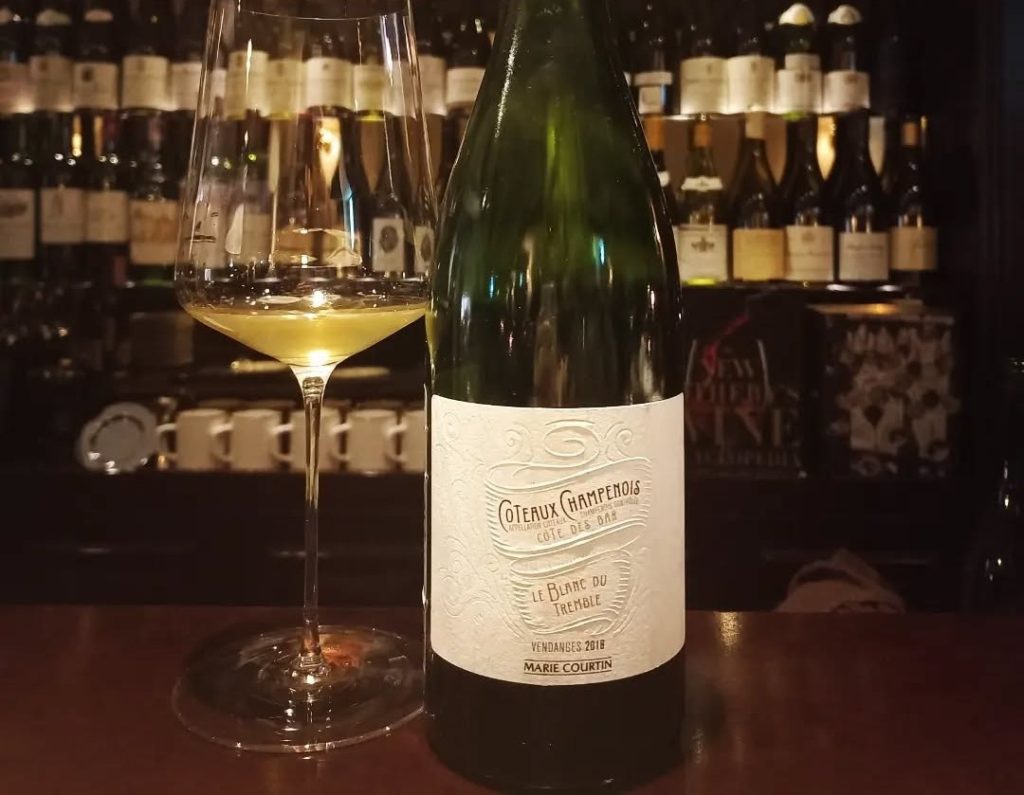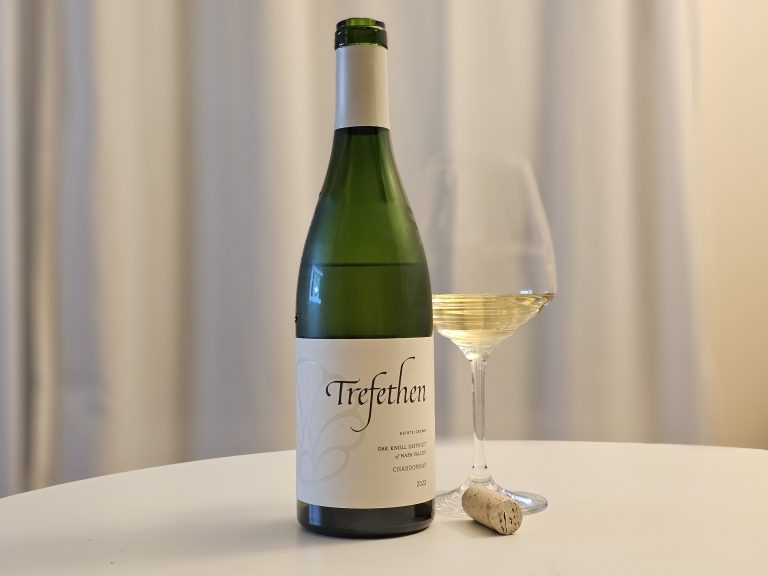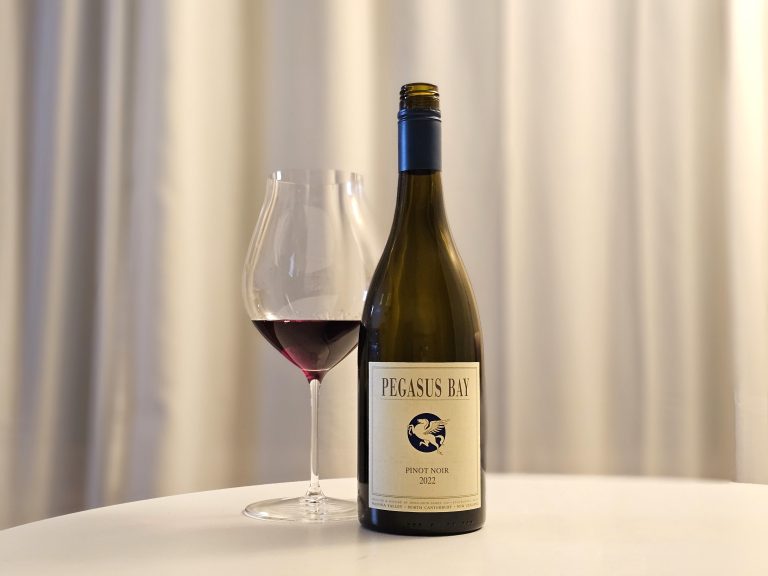Did you know Champagne started out as still wine?
When you’re tasting a range of wines and leave a glass of Champagne out long enough for the bubbles to completely dissipate, you might be surprised at how enjoyable it still is—purely on the strength of its aromas and flavor. That leads to an intriguing question: What if we made a wine from the same grapes used in Champagne, but without the bubbles from the start? That’s exactly what happens under the Coteaux Champenois AOC.

Coteaux Champenois refers to the still wines produced in the Champagne region of France. The appellation allows for red, white, and rosé wines made from all seven grape varieties permitted in Champagne: Pinot Noir, Pinot Meunier, Chardonnay, Arbane, Petit Meslier, Pinot Blanc, and Pinot Gris. In practice, most wines are made from the classic Champagne trio—Pinot Noir, Pinot Meunier, and Chardonnay.
The red wines are typically made from Pinot Noir or Pinot Meunier, either as single varietals or blends. Whites are most often Chardonnay-based, though blends with red grapes like Pinot Noir and Meunier are not uncommon—and in some cases, the whites are made entirely from red varieties. For rosé, Pinot Noir and Meunier are the main stars.
The Coteaux Champenois AOC was established in 1974, but the tradition of making still wine in Champagne goes back centuries—well before the sparkling version took center stage. In fact, during the Middle Ages, still wines from this region were the norm. Pinot Noir from villages like Ay and Bouzy were highly prized, even rivaling Burgundy, and were famously enjoyed by King Henri IV. So, in a sense, making Coteaux Champenois today is a revival of the region’s original winemaking heritage.

Despite their heritage, you won’t come across these wines easily at restaurants or wine bars. Production is extremely limited—many Champagne houses produce just a few hundred bottles. That’s partly because yields in Champagne are relatively low, but also because sparkling wine is much more profitable. Fortunately, in recent years, more producers seem willing to release Coteaux Champenois wines. One likely reason? Climate change. Warmer seasons have made it easier to ripen grapes fully—something that wasn’t always possible in the past, especially for still wines.
While red Coteaux Champenois wines are more common, I personally have a soft spot for the whites. Chardonnay from Champagne expresses a uniquely compelling character: light-bodied, dry, and brightly acidic thanks to the cool climate. But what really sets it apart is its minerality. I usually avoid overusing the word “minerality” when describing wine, but here, it’s absolutely appropriate. If you want to understand what minerality means in a wine, Coteaux Champenois is the textbook example. Think chalky, almost like tasting the region’s iconic limestone soils—often with even more finesse than Chablis.
For anyone looking to experience a different expression of Chardonnay beyond Burgundy, this is a fascinating alternative. And since many white versions also incorporate red grapes like Pinot Noir or Meunier, you can expect a unique and layered tasting experience unlike any other white wine.






